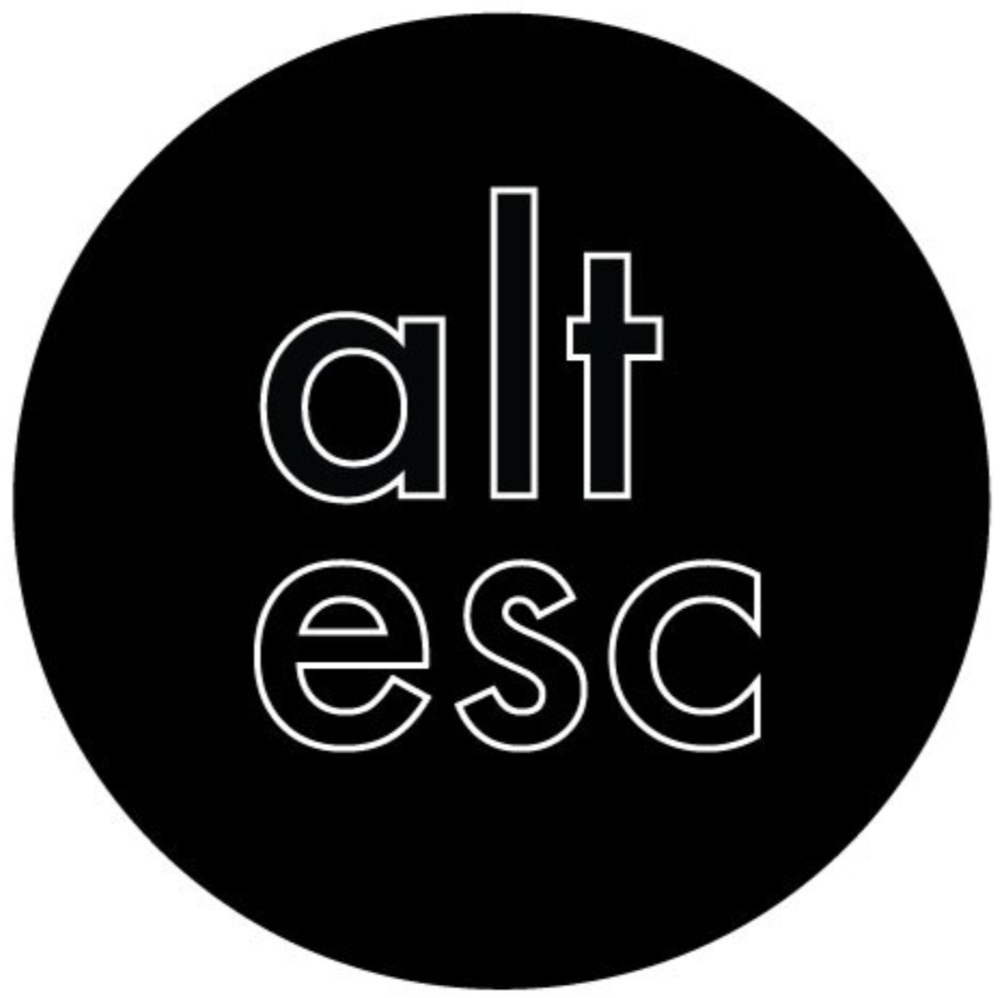LETICIA SAMPEDRO
Leticia Sampedro is a Spanish-born video and performance artist currently based in Brooklyn. At once both enticing and unsettling, Sampedro’s work reflects the unattainable—yet pervasive—image of the ideal life as sold by commercialism, while further meditating on the blurring line between the natural vs. the artificial with the rise of the digital age. We speak to Sampedro about finding poetry in the impossible, resistance as a form of healing, and a return to compassion in a media-driven society that cultivates self-obsession.
Words by Gabriella Garcia

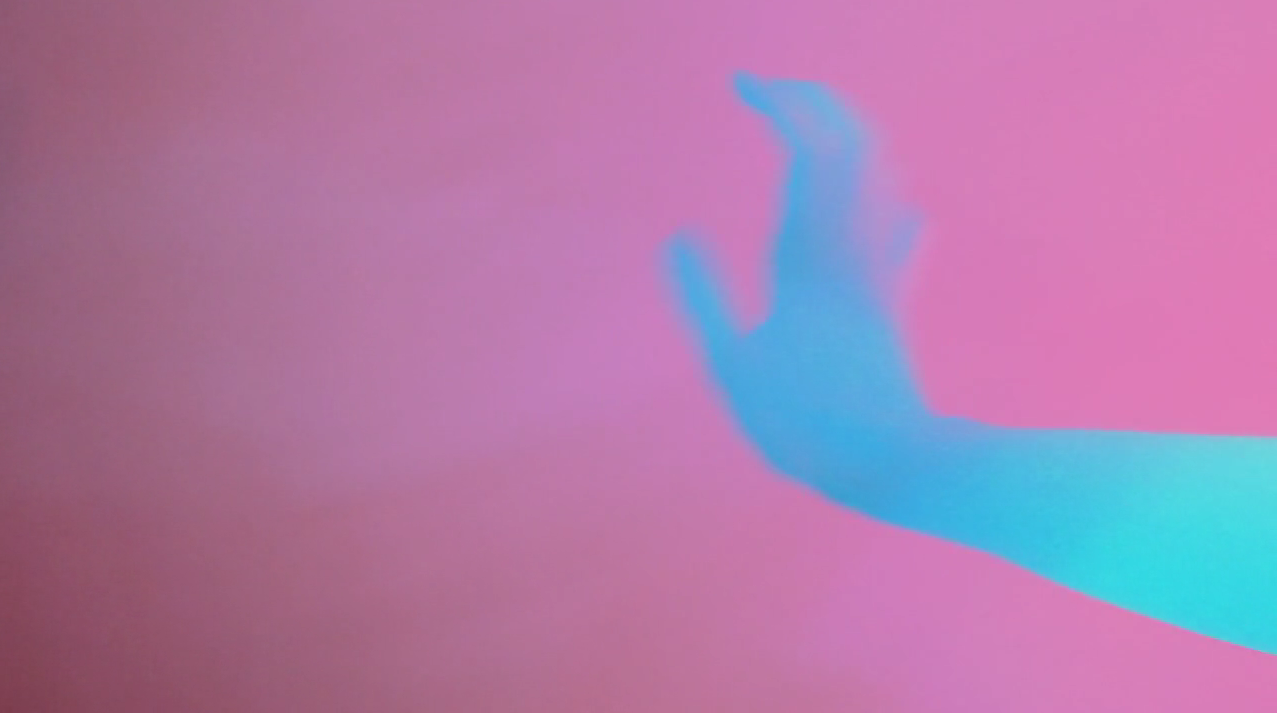
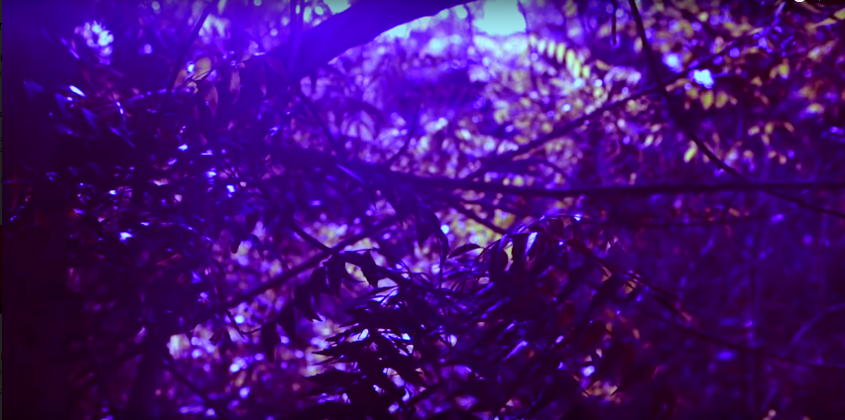
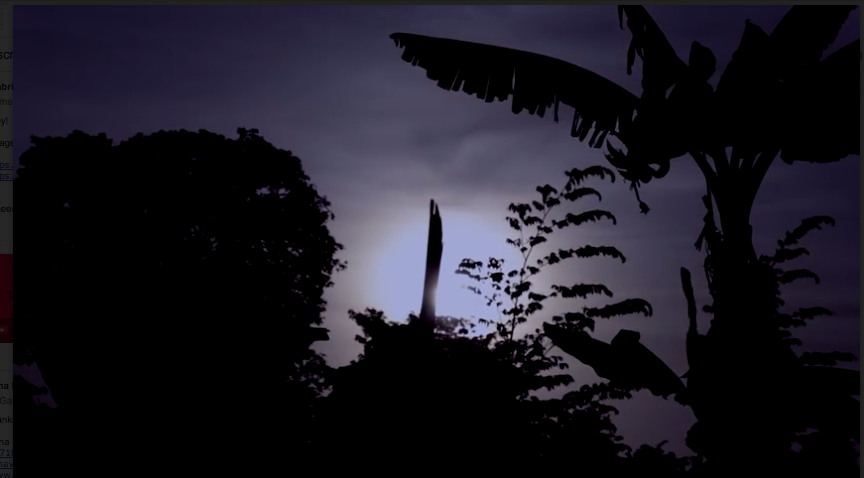
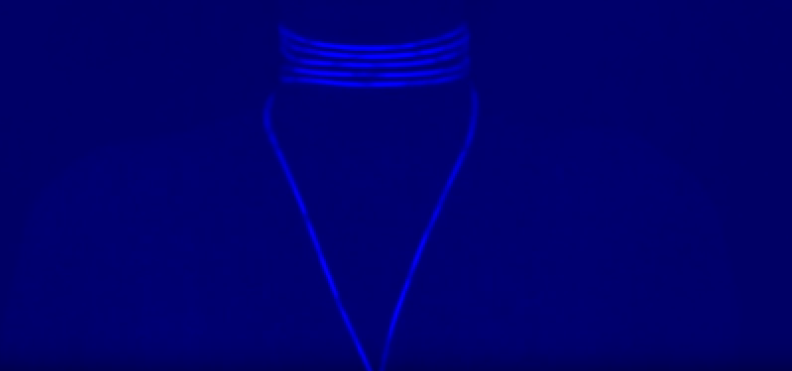
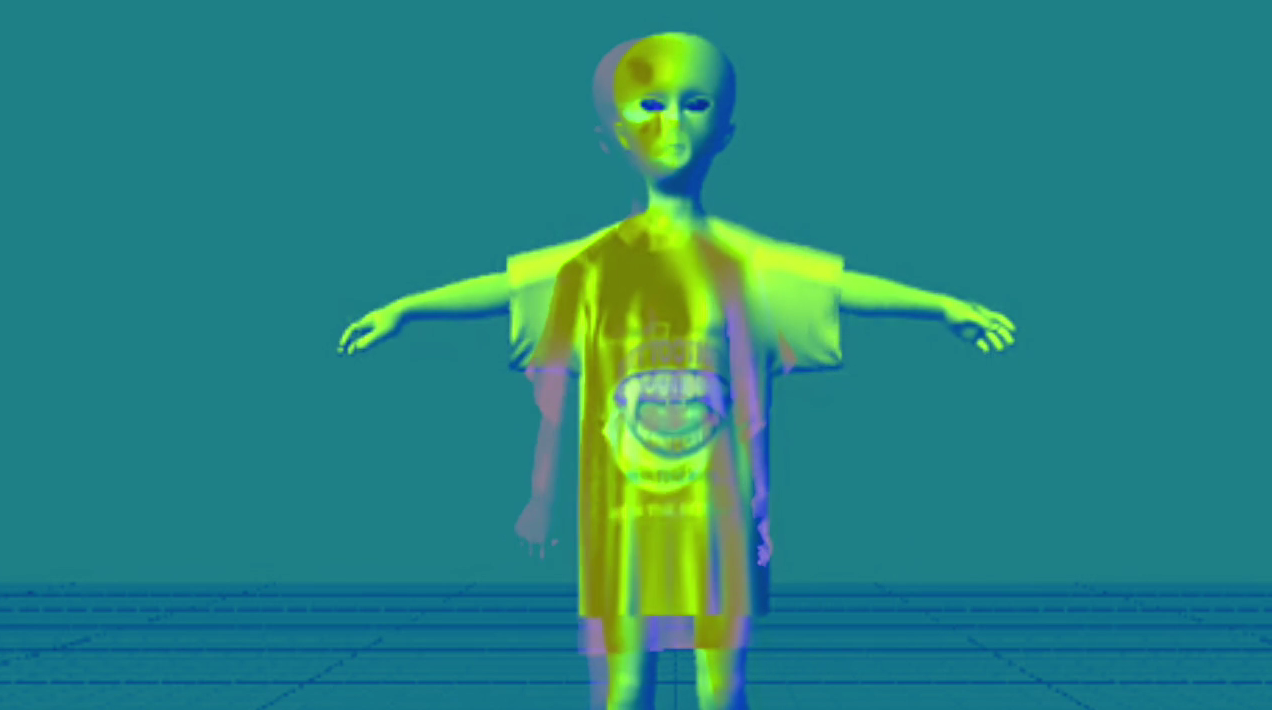
1. Tell me a little about your artistic background.
I started with oil painting. I felt a very intense necessity to paint abstract shapes on canvas. I remember feeling the need almost physically - layering paint, moving them, creating textures and new colors. Most paintings I made back then were very textured, grainy, cracking. They revealed circular shapes of bright colours on white or light backgrounds. I regret now having destroyed them all. I thought they weren’t “relevant with the time”. So stupid.
2. What drew you to working with video?
Painting on a regular basis in NY turned out to be unaffordable. I also found it limiting to have to deal with physical objects to showcase them in any exhibit. I thought video would be more affordable and a better format to be able to spread ideas internationally.
So I started making some sort of “moving paintings” through my videos. I also kept the process very intuitive, just as it was when I painted.
Meanwhile I’ve worked as an art director for digital advertising to make a living. I guess that is why my current work is so focused on how we are influenced and manipulated by what we are exposed to online and in other media channels.
Can you explain a little more about how your professional life in digital advertising influences your video content? What do you see "behind the scenes" in the industry that inspires you to explore and expose it in your artwork?
It really bothers me how manipulated we are. It bothers me how people, especially educated people who have the time to think about it, act under paradigms that are just there without questioning them and taking them as the only truth.
The advertising industry realized time ago that most people had become too aware of ads being broadcast via traditional media, such as billboards, TV spots, the generally conventional techniques. So it’s changed its strategy, taking advantage of the unstoppable growth of internet use to distribute messages in what is known as branded content. In its earliest forms, that meant things like Canon paying for a cool, intended-to-be-viral video recorded using its equipment to expose the audience to its brand. But since then things are becoming more insidious. In addition, the proliferation of social media “celebrities” is leading to a reality in which some people act under economic-publicitary interests behind the disguise of ordinary behavior. We are living times in which people have become the ads themselves. Sometimes it’s really obvious, sometimes it’s not.
3. What is the ideal space for you to present your video work?
I always picture the videos bigger while I’m making them. They are very rich in color. I want to showcase some of them together and create a very atmospheric room through their color cast, combining them with other elements to create a light/shadow play based installation.
One of the goals of these videos is to slow the viewer down. I want the viewer to travel through the concepts and emotions that generated them, but to leave with a peaceful feeling, in a more elevated state. I think inner peace is the start for compassion and empathy.
When you say that "inner peace is the start for compassion and empathy," does that mean you think that our current state of media is driving us to be less empathetic, or less community-minded?
Yes, absolutely. To not be content with oneself is the perfect entertainment. If media keeps us entertained thinking of ways in which we can become “enough”, then we won’t have time to care for others. We need to “get” our own perfect life first. Then, “one day” we will do something about all the things that imminently need to be changed in the World.
4. One of your videos, "Behaviour", has been a part of a couple of exhibits that live entirely online. What does the digital gallery—or digital biennial, in the case of "The Wrong Digital Art Biennial"—offer you as an artist that a physical gallery does not?
I love the concept behind The Wrong. It makes art accessible to everyone who wants to experience it (and has access to fast internet). I like that it is helping to change the context in which art is almost always presented- in galleries, for collectors, for the elite. Those layers are sometimes even more artificial than the screens through which we can appreciate digital art.
What do you find artificial about the current state of the art world? Is it that it's also based on consumerism, just like the ideas you are fighting against with your work?
Well yeah, plenty are inspired by the simple idea of making something and wanting to show it, but it’s a lot more complicated than that. For instance, there is a fixation on make everything look and feel fancy [at a gallery or exhibit] in order to justify charging more for the pieces. The “exclusive” feel to everything in many galleries is very intentional. Nothing different from a Gucci store, though.
I get it; there is a need to make people appreciate art as valuable, and it’s important to keep it alive. I’m not necessarily against that. I just feel that a large number of people are left out or are repelled by those setups and think it’s important to create more variety, more ways to showcase art, and these online exhibitions and biennials are just one of those.
5. How do you think video can be used as a healing mechanism, both on individual and societal levels?
Nowadays we consume videos constantly, almost more than anything else. Just like many other products, most of the videos we consume have been created in order to sell us something, or convince us something is worth desiring—for instance, a lifestyle, as happens in a TV ad spot, or how cool someone is, as it happens in social media. I think that seeing videos that have no other purpose than exploring concepts, ideas, shapes, colors, emotions, movement, are a good start to emptying ourselves and help us connecting with the basics on a more existential level.
As for the process, I save the intellectual for later. I believe there is a strong need of creating space for videos and other media that doesn’t contain information. I think the piece has to come predominantly from intuition in order to truly differentiate itself from the kind of commercial content we were just referring to. Our head inevitably is going to follow the patterns that we have been consuming since we were born.
I recently heard an old interview with Gilles Deleuze where he says, “Art does not contain information, but it is correlated with resistance,” and that really resonated in me. I feel the need to resist narratives, special effects, creating mere entertainment to please people. Resistance is needed towards excess. Moderation is hard to achieve in the society we live in; emptiness is a concept regarded even as negative in this specific context. Even when we meditate we ask ourselves- is this [emptiness] all I get from this? I think videos and media that resist all this tendencies on a compelling way are potentially healing for those who are searching, and very necessary for our society.
6. A lot of your work specifically critiques our relationship with the internet and the way it affects our self-worth and how we present ourselves. How has social media affected the way that you present in the “real” world?
The anonymity and distance or isolation that the internet can provide a safer space to explore our impulses and reactions. These factors, amongst others, allow people to act and express themselves more freely. It is an interesting space for social experimentation, since it just exaggerates our actions and makes our behaviors more obvious.
I enjoy using social media as a tool to explore myself; I can find out why I react in a certain way to acceptance, repulsion, attacks, attention from others—or at least that is when I’m aware of what I am doing. But it is very easy to catch yourself with your guard down and get sucked into the downward spiral that happens when you forget that social media is not real life. It just mirrors it, exaggerates it, reveals truths from it. But it is not reality. It is just a little part of it, a partial truth, and the partial truth tends to take over. Social media is the new TV, but the line between fictional narrative and real life are blurred in there.
I’m sure social media has affected the way I present myself to the world, at least aesthetically, and probably in ways that I’m not even aware of. That is what I see problematic. The impossibility of always tracking where our choices are coming from- especially being exposed to more data and people than ever. It’s not what we do, it's what’s influencing us to do those things.
7. You also built an augmented reality app for Rockefeller Center’s Top of the Rock. Do you hope to include more augmented reality to your artwork?
That augmented reality function was very appropriate for that specific app’s purpose.
I would be opened to use AR if I thought it could enhance the experience of what I’m trying to transmit. I’m not very interested in incorporating new technology developments just for the sake of keeping up with change. I think that in general my interest is moving away from innovative technologies and more into video, installation and performance.
8. Aesthetically speaking, your videos are quite alluring. How does this connect to or amplify the concepts behind your work which, conversely, can approach some ugly topics such as image issues and social apathy?
Thank you for asking this question, I think this is something that has been problematic for some viewers a couple times. One way to make a statement about a society that is based on alluring aesthetics is creating something that looks/sounds exactly the opposite way. I believe though that this kind of approach is an intrinsic consequence of what is being referenced—meaning opposition is an inherent consequence of any reality, becoming then, inevitably a part of it at some point.
The other option then is creating a vision that is a mix of elements of the existing reality, and then disrupting it from within. My aim is to portray, distort, exaggerate, parody this [brand-cultivated] reality, so yes, you will find traces of the alluring aesthetic used by media in my pieces. The ethereal atmospheres that I create are a direct reference to idealization of and disconnection from reality. This is a mindset that is predominating in our generation, and one that I also have to acknowledge as a part of me to some extent. I think that these two factors are some of the main causes of social apathy - disenchantment with actual life, constant comparison and competition with others and confusion of potentiality and reality. These vicious cycles keep us entertained but disenchanted, and distracted from the problems/realities that actually matter and need to be taken care of.
9. Live performance is a fairly new addition to your artistic repertoire. How is this influencing your video work and the way you think about installation?
Performance art is actually something that has brought a new life to my work and that I needed. Being that my work is deeply rooted in psychology and how subliminal information affects our behavior, finding this community of people—Otion Front Studio and by participating in Authority Figure directed by Sarah Kinlaw and Monica Mirabile—who focus on how this information affects our body and movement feels like a meant-to-be, immediate step in my career path.
10. You closed your recent exhibit with Evan Dresman and Julie Nymann, "An Impossible Place," at Stream Gallery by inviting performers to interact with your work. What was it like watching others conceptualize their performances around the exhibit?
It was amazing. I want to keep creating more of these experiences. I had been feeling for a while that some of my work needed more emotion, more direct human component in it, for it being very conceptual and abstract. But this particular characteristic of it leaves space for performers to reinterpret put their own ideas in it. That was my favorite part of the exhibition: to see how that framework signified such incredibly different things for each person who performed. I really moved me to see how unaware we are as individuals from what is actually going on in other people’s psyches and backgrounds.
For this particular performance night I sent the performers a summary of all the concepts that Evan and I had had in mind when developing the the video and sound for the piece. We wanted the installation to become a stage for the performers to explore their own approach to those abstract ideas with their bodies and presences. Some of these concepts were about time, history, narrative as a reality, disinformation, impossibility of objective representation, distortion, loss of information when transmitting memories, the problems when attempting to recreate an experience or location. I didn’t know what they were going to do till the day of the performance; I trusted everyone involved.
11. Speaking of "An Impossible Place," the installation explores how the digital can create a bridge between remote locations in order to transfer an experience. How else do you see the digital landscape affecting our sense of space?
"An Impossible Place" was created to embrace the impossibility of objectively recreating a place: reconstructing a room through projecting footage of what you would see out of its windows while using field recordings to recreate the place’s atmosphere, and slowly distorting both till it all became an orchestrated chaos. We saw it as an intentionally failed attempt. We were exploring the poetry that resides inside impossibility itself. The original layers of distortion—recreation of a place, translation of a memory, revisiting history, knowing about a place/fact on the internet—expanded into many other new impossibilities and contradictions when we incorporated the performances. Also, Julie Nymann’s video piece, displayed aside the installation, expanded the concept bringing up a technology vs. nature approach—a contradictory coexistence.
12. This summer you participated in the second annual Buoy Residency and Retreat, during which you were removed from the grid for a week. How did this help you reflect on your work, given that so much of it deals with our relationship to social media?
It is funny how it quickly became evident that we could not disconnect from social media even if we were trying to, since we were encouraged to promote the performance that took place there the last day of the residency. However, we did put our devices aside for the most part of the time. It was very relieving. The residents spent a week of building trust relationships and deep connections with other women and with nature, putting our egos aside. That came out in the final performances, and it was obvious that the 18 participants were all in very similar mindsets; the performance were all very homogeneous throughout the different duos and trios working to create their own unique choreography. Social media was very far away from our headspace those days, actually.
It brought up an important question of whether, when putting the final performance together, we should disregard the news about the shootings of Alton Sterling and Philando Castille [which happened the week that the residency was supposed to be off the grid] that inevitably leaked into our space through our social media feeds. We ended up choosing to sing What’s Up? by 4 Non Blondes all together at the end in an attempt to bring a grasp of global awareness to that moment in time. It is difficult to cover all the issues that must be payed attention to all at once. In advertising they say you can only tell one main thing per piece to a mass audience in order to keep it effective. I wonder if that applies to arts too.
13. Despite an ever-growing immersive digital realm, it seems that popular culture is also re-prioritizing IRL experiences, with digital detoxes, shaman-led psychedelic experiences, and a resurging interest in alchemy. Do you think that people are rebelling against digital culture?
I totally understand that tendency, and I deeply feel that necessity. The truth is that we are not only absorbing a vast amount of radiation coming from our computer screens, but are also being sucked into a parallel reality that separates us from living life fully, from being more present. Now that I’m back in Spain in a village with all my big family I feel grounded and almost in a different world. Less neurotic. There are of course many other factors in the mix but here social media is a funny anecdote in the conversations and the internet is slow enough to keep ourselves from overusing it. It feels more balanced and real. People talk to each other in the street. I feel really happy. And I really miss New York.
